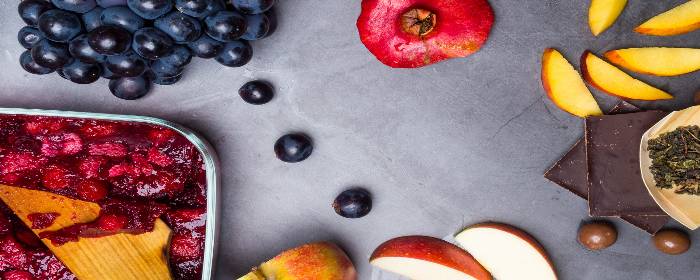A decline in lung function can be both age-related and result from a disease, such as chronic obstructive pulmonary disease (COPD). Although there are medications available to help patients manage the symptoms of COPD, the disease has no cure. Thus, for both age-related and COPD-related decline in lung function, patients are limited in terms of their treatment options.
Recently, researchers discovered a potential therapy in flavonoids for improving lung function. This group of phytonutrients is found in nearly all vegetables and fruits and is known to have powerful antioxidants and anti-inflammatory properties. While there have been plenty of previous research showcasing flavonoids’ abilities in medical applications, studies on their effect on lung function have been limited.
In the most recent research, investigators focused on anthocyanins, a type of flavonoid which has been found in lung tissue shortly after being ingested. Based on findings, it appears that the plant chemicals may play an important role in minimizing mucus and inflammatory secretions. Study participants who consumed the most anthocyanins experienced improvements in a number of key lung function indicators over their peers, including a slower rate of decline in FEV1, which measures how much air a person can exhale in a second. They also experienced a slower rate of decline in FVC, the amount of air exhaled after taking a deep breath. Benefits were realized across people who had smoked as well as those who had not.
Good Sources of Anthocyanins
While the researchers note that quitting is the best choice smokers can make to improve their lung function, a diet rich in anthocyanins could be an effective way to boost lung function in former smokers and people who have never smoked. Anthocyanins are found naturally in red onions, berries, grapes, tomatoes, acai, kidney beans, and tart cherries.


 St. Petersburg, Florida
St. Petersburg, Florida
